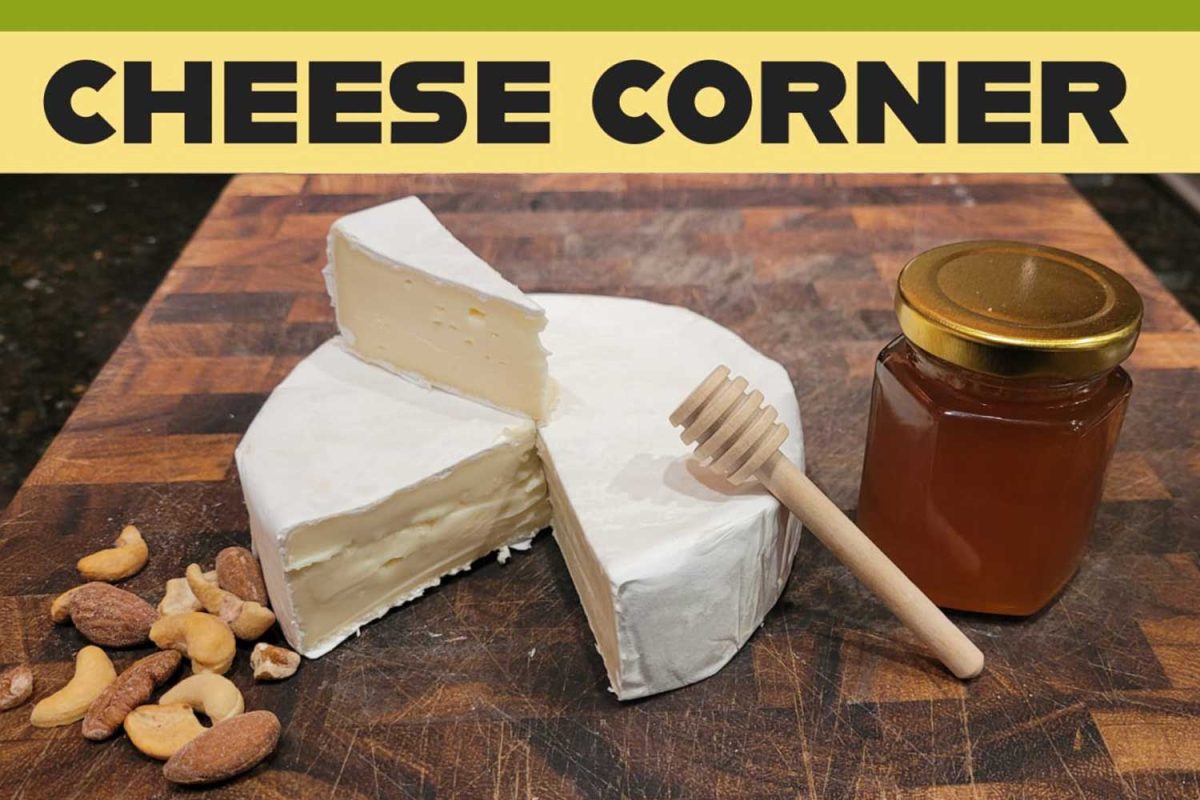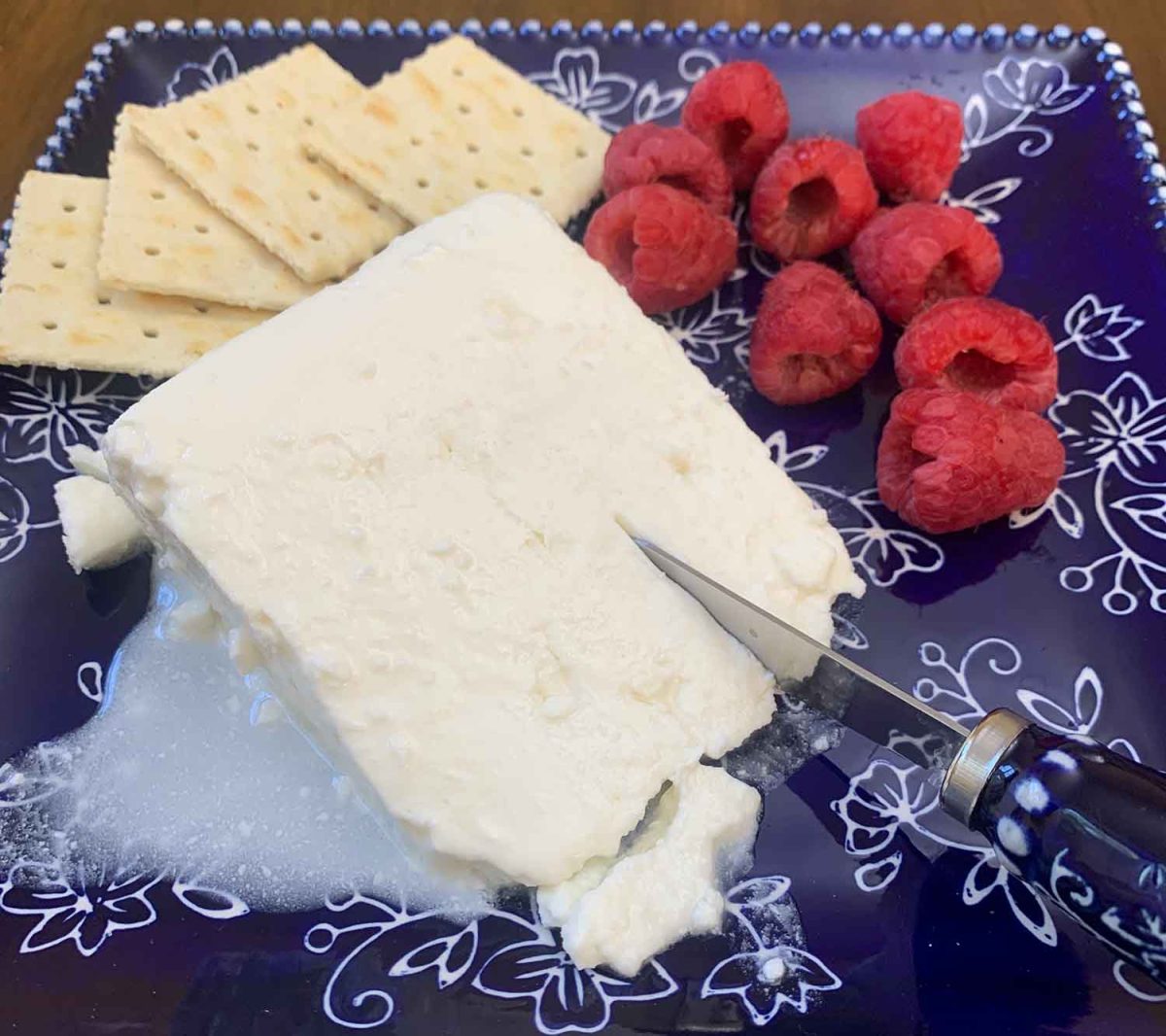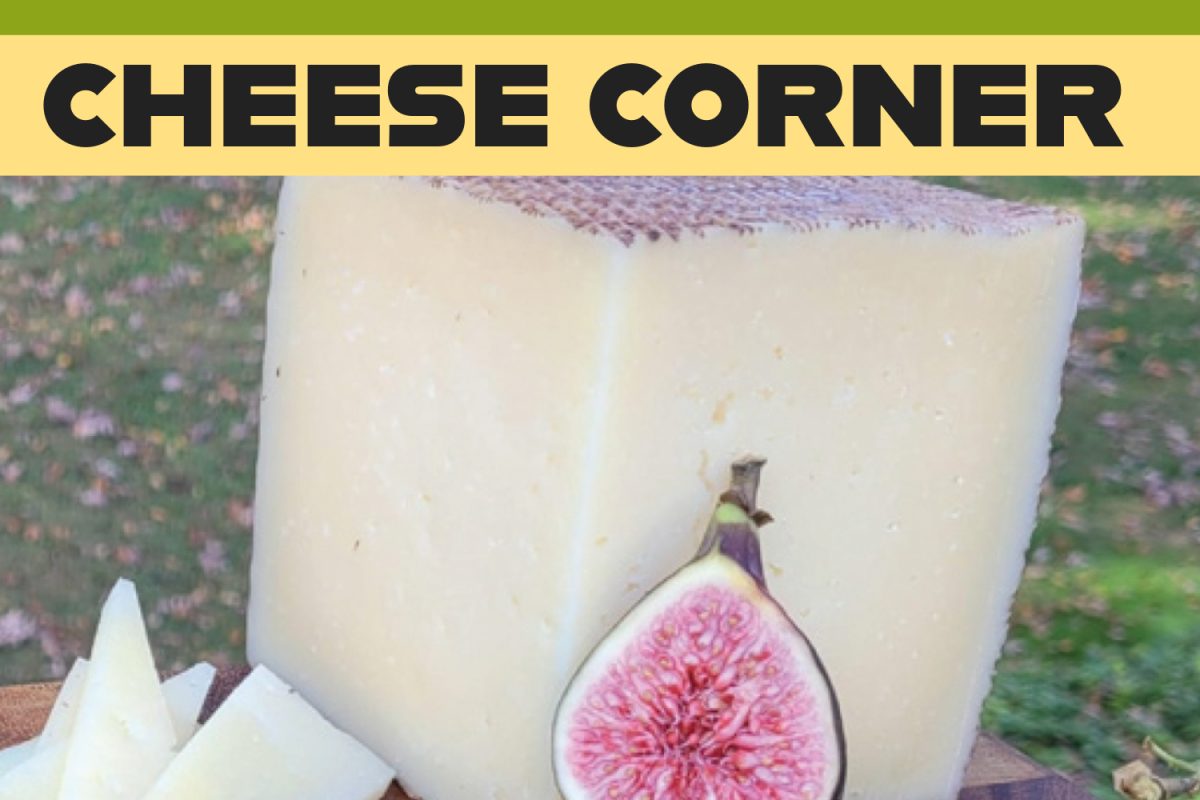Welcome back to the Cheese Corner. For this edition, I decided to start with a cheesy dad joke:
What happened after the explosion at the French cheese factory?
All there was left was de-brie.
Brie cheese is a soft, creamy cheese that originated in the region of Brie in France. Brie is traditionally made from raw cow’s milk, although pasteurized milk is also commonly used today.
The quality of the milk is a big factor in the flavor and texture of the cheese. After the milk is heated, rennet, a set of enzymes found in mammals, is added to solidify the milk. This causes it to thicken and form curds.
Once the milk has hardened, it is cut into small curds. The size of the curds will influence the texture of the cheese. The curds are then gently stirred and allowed to settle. The whey is drained off, leaving behind the curds. The curds are transferred into molds, typically cylindrical. These molds help shape the cheese and allow excess whey to continue to drain off.
After molding, the cheese is salted. Salt helps to flavor the cheese and also acts as a preservative. The cheese is then left in a cool environment. Brie typically ages for several weeks, depending on the wanted flavor and texture. During this time, the cheese gains its texture and flavor.
Once the cheese is ready, it is packaged for sale. Brie cheese is often wrapped in a layer of paper or plastic to prevent it from drying out.
The packaging of the cheese says that it “pairs beautifully with crisp white wine and fresh fruity jam.”
Now, I can’t drink white wine, or any wine in general. So, I decided to try it with some random cracker I found in a cabinet in my kitchen. It was very soft but when it’s blended with another food item, it loses a lot of its flavor.
I still think that it is good. I’m sure that there are many different foods to combine with Brie that make it worth trying.
But I do not recommend random crackers in a random cabinet in the kitchen.


































